Advancements in Nanotechnology
Technological innovations in nanotechnology are significantly influencing the Polymer Nanocomposites Market. The development of new fabrication techniques and the ability to manipulate materials at the nanoscale have led to enhanced properties of polymer nanocomposites, such as improved thermal stability and mechanical strength. These advancements are not only expanding the application range of polymer nanocomposites but also attracting investments from various sectors. For instance, the electronics industry is increasingly utilizing these materials for their lightweight and conductive properties, which could lead to a market growth of around 7% in the coming years. As research continues to evolve, the Polymer Nanocomposites Market is poised for further expansion.
Growing Environmental Concerns
The Polymer Nanocomposites Market is being propelled by increasing environmental concerns and the push for sustainable materials. As industries face mounting pressure to reduce their carbon footprints, the demand for eco-friendly alternatives is rising. Polymer nanocomposites, which can be derived from renewable resources, offer a promising solution. The market for biodegradable nanocomposites is expected to grow at a compound annual growth rate of 6% over the next five years. This shift towards sustainability is likely to encourage manufacturers to invest in research and development, thereby enhancing the Polymer Nanocomposites Market's growth trajectory. The integration of sustainable practices is becoming a key differentiator in competitive markets.
Rising Demand for Lightweight Materials
The Polymer Nanocomposites Market is experiencing a notable surge in demand for lightweight materials, particularly in the automotive and aerospace sectors. As manufacturers strive to enhance fuel efficiency and reduce emissions, the incorporation of polymer nanocomposites offers a viable solution. These materials provide superior strength-to-weight ratios, which are essential for modern engineering applications. According to recent estimates, the automotive sector alone is projected to witness a growth rate of approximately 5% annually, driven by the need for lightweight components. This trend is likely to propel the Polymer Nanocomposites Market forward, as companies increasingly adopt these advanced materials to meet stringent regulatory standards and consumer expectations for sustainability.
Regulatory Support for Advanced Materials
Regulatory frameworks are increasingly favoring the use of advanced materials, which is beneficial for the Polymer Nanocomposites Market. Governments are implementing policies that encourage the adoption of innovative materials that meet safety and environmental standards. This regulatory support is particularly evident in sectors such as automotive and construction, where compliance with stringent regulations is paramount. The Polymer Nanocomposites Market stands to gain from these initiatives, as manufacturers seek to align their products with regulatory requirements. As a result, the market is expected to see a growth rate of approximately 5% over the next few years, driven by the need for compliance and innovation.
Expanding Applications in Various Industries
The versatility of polymer nanocomposites is driving their adoption across a multitude of industries, thereby influencing the Polymer Nanocomposites Market. From packaging to construction, the unique properties of these materials enable their use in applications that require enhanced durability and performance. For example, the packaging industry is increasingly utilizing polymer nanocomposites to improve barrier properties, which is projected to grow by 4% annually. Additionally, the construction sector is leveraging these materials for their insulating properties, which could lead to energy savings. This broadening application spectrum is likely to sustain the growth momentum of the Polymer Nanocomposites Market in the foreseeable future.

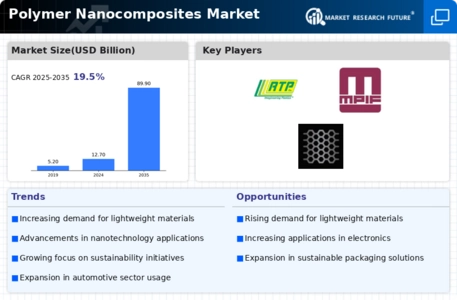

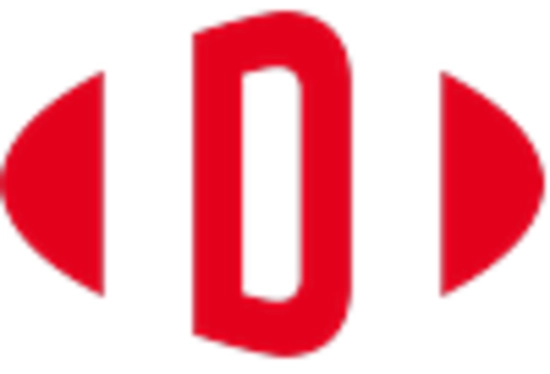

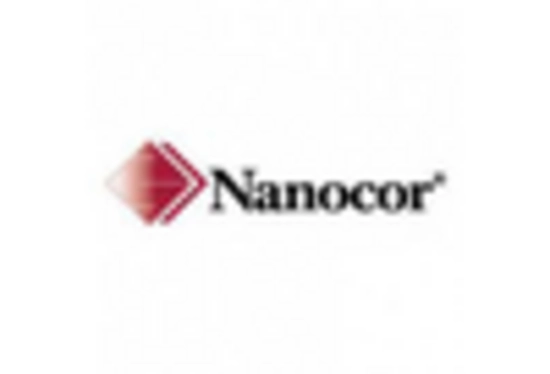
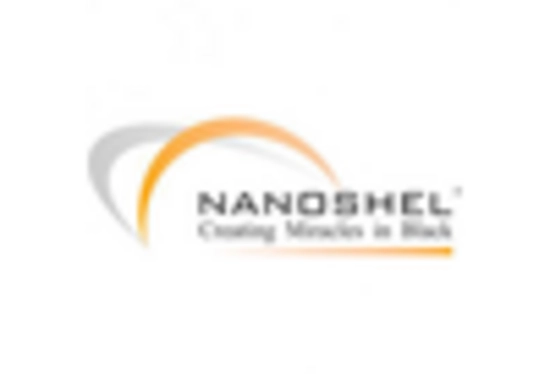
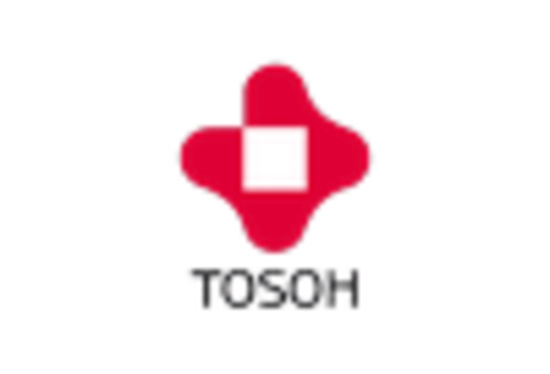









Leave a Comment